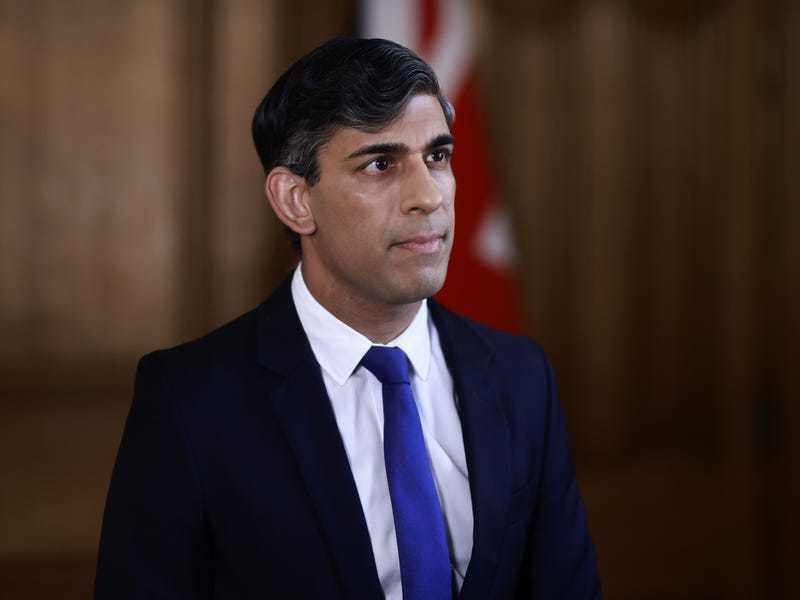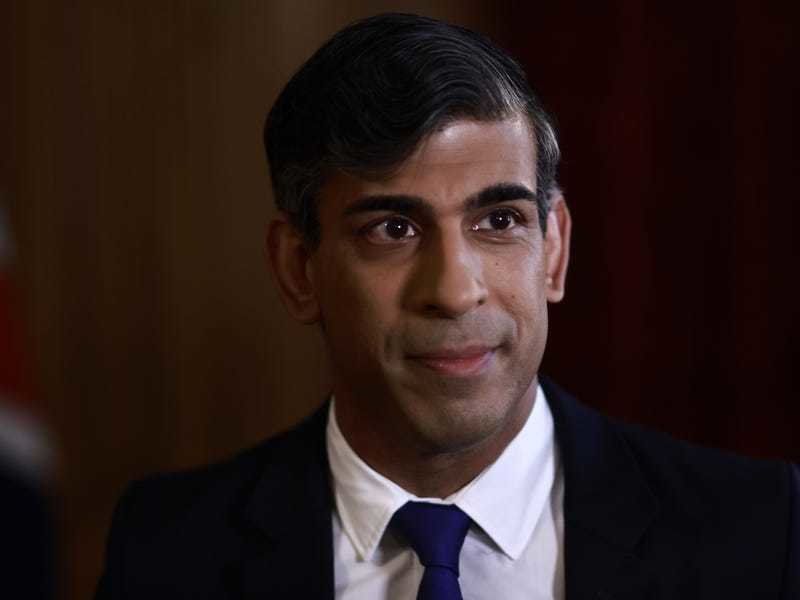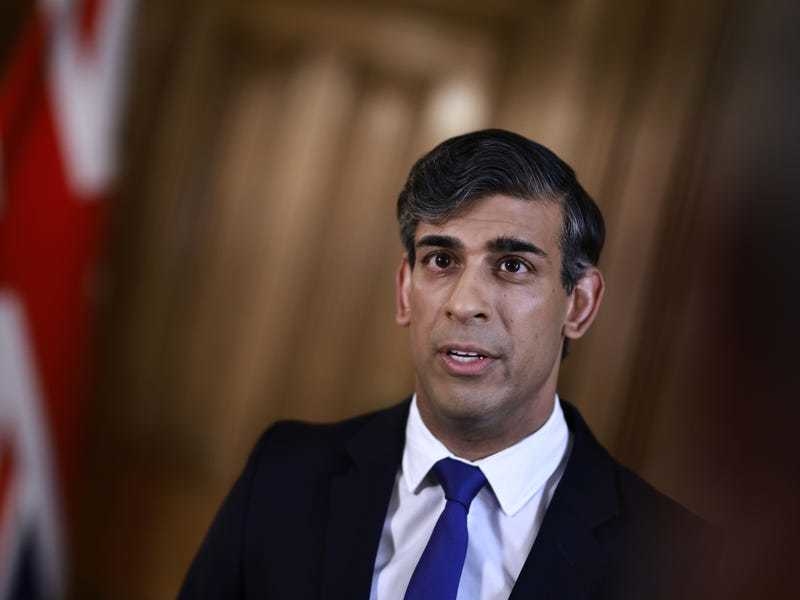- Day two of our week-long series about Jersey’s super-rich immigrants
- There are 159 High-Value Residents living in the Island
- They contribute 3% of Jersey’s total tax but make up less than 0.15% of population
- Should Jersey try to attract more High-Value Residents? Take our poll below
SUPER-RICH immigrants contribute around three per cent of Jersey’s total tax take, but make up less than 0.15 per cent of the population, according to Tax Department figures.
Taken together the growing number of wealthy newcomers pay around £10 million annually, with average tax bills of between £46,500 and £110,900, rising to £125,000 plus, depending on the tax regime they are subject to.
- Sir David and Sir Frederick Barclay (Brecqhou), £6 billion. National rank: 16
- Steve Lansdown (Guernsey), £1.45 billion. National rank: 61
- Douglas and Dame Mary Perkins and family (Guernsey), £900 million. National rank: 110
- Simon Nixon (Jersey), £810 million. National rank: 123
- The Clarke family (Jersey), £500 million. National rank: 199
- Tony Buckingham (Jersey), £475 million. National rank: 222
- Graham Tuckwell (Jersey), £273 million. National rank: 342
- Guy and Julia Hands (Guernsey), £250 million. National rank: 367
- David Crossland and family (Jersey), £200 million. National rank: 458
- Ronnie Frost (Jersey), £184 million. National rank: 512
- Derek Coates (Guernsey), £180 million. National rank: 514
- James Vernon (Jersey), £150 million. National rank: 607
- Gordon Crawford (Jersey), £122 million. National rank: 748
- Brian DeZille and family (Jersey), £120 million. National rank: 751
- Roger Baines and family (Jersey), £110 million. National rank: 813
- Nigel Jagger and family (Jersey), £110 million. National rank: 813
- Zef Eisenberg (Guernsey), £94 million. National rank: 937
- Richard Griffiths (Jersey), £90 million. National rank: 947
Figures obtained by the JEP show that as of the end of last year there were 159 High-Value Residents (HVRs) – previously known as 1(1)ks – living in the Island.
That number has increased over the past five years as the States attempt to encourage more wealthy individuals and their families to come to Jersey.
The current policy – now technically known as the 2(1)e programme – is to attract 15 HVRs to the Island each year.
So far in 2015 five approvals have been issued by Locate Jersey, the States body that works to attract wealthy individuals and new businesses. In 2014 the organisations approved 20 HVR applications. This was an increase on the 14 licenses approved in 2013, the nine of 2011 and the seven newcomers of 2010.
Although there is no provision to enforce tax payments by HVRs if their wealth base collapses, applicants are assessed to ensure their funds comfortably meet the minimum requirement – currently £125,000 – and are sustainable in the long-term.
Economic Development Minister Lyndon Farnham, whose department includes the Locate Jersey, said the States were trying to create more economic activity without a population explosion.
He added: ‘We’ve got to generate more economic activity without putting pressure on our resources such as land, housing, workforce and immigration.
‘There are also above the radar financial contributions like stamp duty to consider as well as the general economic activity of high value residents – they are big consumers.
‘And without being specific I know that regular, large contributions are made to organisations and charities, with no publicity attached. Often these people arrive with a huge amount of experience, having done very well in their field. And quite often they are more than happy to share that experience with local businesses and individuals.’
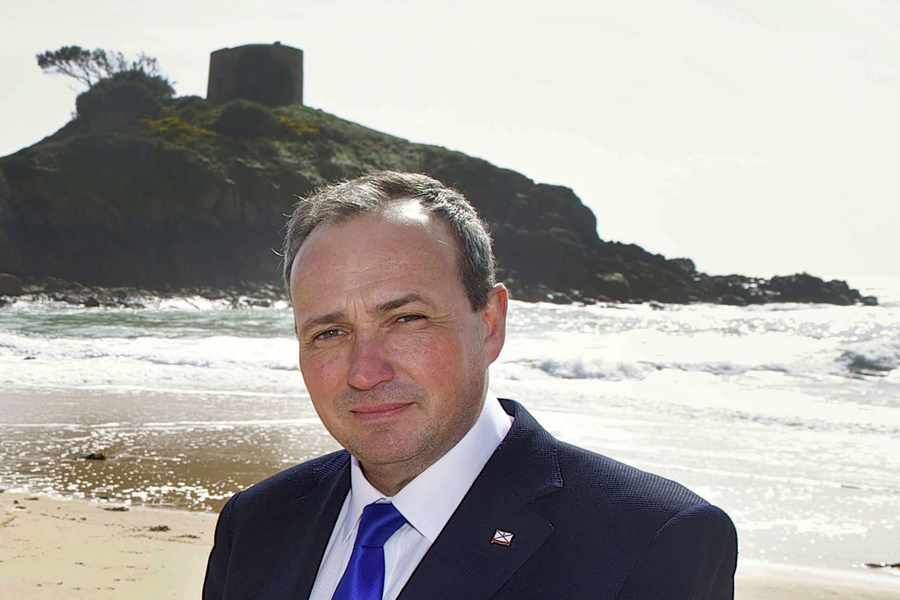
It is estimated that stamp duty paid by high-value residents between 2009 and 2014 totalled around £7.7 million.
‘It’s only positive and is only of benefit to our society and economy,’ Senator Farnham added. ‘I think we have a very high calibre of high net worth individuals here who contribute lots to the community.’
But the Island’s efforts to appeal to wealthy individuals have also attracted criticism over the years.
Some fear that natural land – particularly coastal spots – are being lost to large homes designed to entice high-value residents to the Island.
And on Monday political party Reform Jersey outlined plans to seek an increase in the minimum amount of tax required from those wealthy individuals arriving in the Island.
FOR years, Jersey has taken advantage of its position as a self-governing Crown Dependency to lure some of the world’s wealthiest people to its shores.
As well as having 159 super-rich immigrants, Jersey also has a significant number of other residents who are high earners. The following table shows the earnings of individuals and married couples (the latter is classed as one tax entity) for 2012. It includes all residents, including super-rich immigrants.
*More than £200,000 – 1,138
*£150,000 to £200,000 – 882
*£100,000 to £150,000 – 2,515
*£80,000 to £100,000 – 2,460
*£60,000 to £80,000 – 4,350
*£50,00 to £60,000 – 3,497
*£40,000 to £50,000 – 5,012
*£30,000 to £40,000 – 7,537
*£25,000 to £30,000 – 5,136
*£20,000 to £25,000 – 5,926
*Less than £20,000 – 19,198
But the tax rates on offer to the super-rich immigrants – formerly known as 1(1)ks – have changed significantly over the decades.
Rates have varied over the years, but experts have concluded that the wealthy few pay their way – and more.
A report published in 2010 by Withers LLP and Panopticon Policy – a law firm and a policy consultancy – said that high-value residents’ (HVRs) contributions to the Island extended far beyond paying taxes.
The report said: ‘The economic effect of 1(1)ks are large. We have derived estimates from the income tax payments made by 1(1)ks in 2009 that their economic impact is at a minimum of £50 to £70 million. However, this estimate is both extremely conservative and subject to many uncertainties.’
Economic Development Minister Lyndon Farnham added: ‘It’s very productive. The economic footprint one HVR and their family delivers is of huge amount of benefit. They’re not a drain on our resources.
‘We are not bringing in thousands of these people, it’s more like tens. We are talking about making the economy more productive and this contributes to that.’

- IN 1970 those who had arrived in the 1960s or wanted to retire in the Island to take advantage of the favourable tax arrangements had to prove to the then Housing Committee that they were of economic or social benefit. But this approach was only loosely controlled and 66 1(1)k consents were granted in 1973.
- In 1974 a decision was made that the new number of 1(1)ks should be restricted to 15 per year. In conjunction with this the yearly tax requirement for these Islanders was raised from £4,000 to £10,000.
- Five years later the tax requirement was increased to a contribution of £20,000 per year and the government decided that the number of new consents given to 1(1)ks should be closer to ten than to 15.
- The annual tax liability was raised to £50,000 in the late 1980s and early 1990s, before being doubled to £100,000 in the early 1990s. More flexibility over the number of 1(1)k licences was sought by the States in 1992 during the recession at the time.
- A tougher policy was introduced in the late 1990s when the economy picked up, by which time the tax requirement had been set at £200,000 a year.
- In 2005 the policy was amended after it was decided that too few people were applying for 1(1)k status. The policy was changed to make it more attractive to rich immigrants. This time applicants had to show that they had the means to contribute £100,000 a year by paying 20 per cent tax on their Jersey income, as well as paying 20 per cent on the first £1 million of their worldwide income, ten per cent on the next £500,000, and one per cent on the rest.
- By 2010 the 1(1)k taxation policy had changed again. The first £1 million of 1(1)k residents foreign income was taxed at 20 per cent, the next £500,000 at ten per cent, the balance of foreign income was taxed at one per cent and all Jersey sources of income were taxed at 20 per cent.
- A 2010 report by Colin Powell, the States adviser on international affairs, about the 1(1)k policy between 1970 and 2010 heralded the programme a success, stating that the majority of tax requirements had been met by the 1(1)k population, with a small fraction falling short of their payments. Most, the report said, paid in excess of the amount of tax they had given an undertaking to hand over.
- Now, following a new regime introduced in 2011, high-value residents are taxed at 20 per cent on the first £625,000 in earnings and then one per cent on their remaining income.
How many high-value residents are there in the Island?
HIGH-VALUE residents in Jersey can be split into three groups:
*Those who came to the Island some time ago and were subject to a pre-2005 tax regime, conditions of which varied over the years.
*Those on the 2005 – 2011 tax regime.
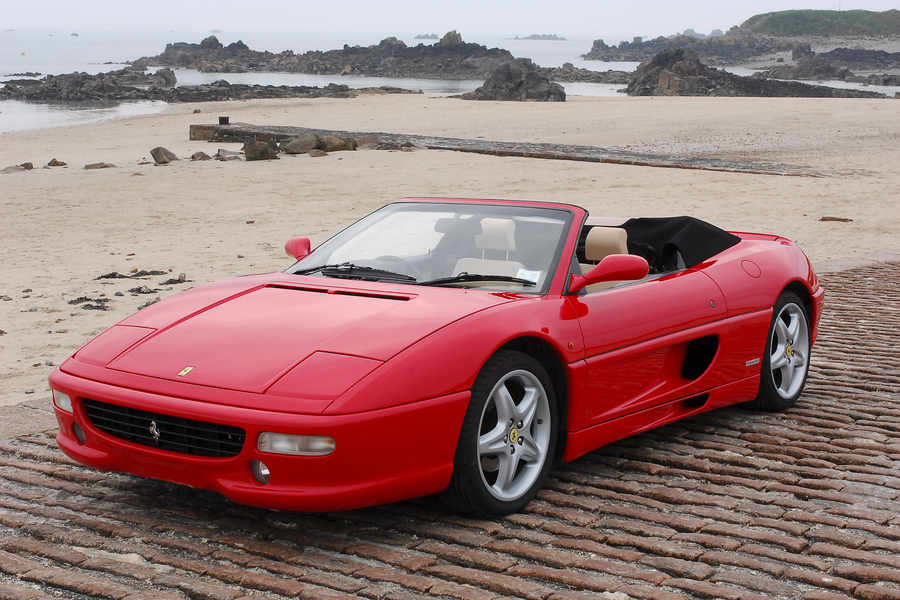
*Those on the post-July 2011 scheme who pay 20 per cent tax on the first £625,000 of their earnings and one per cent on earnings thereafter.
For the purposes of the data provided by the Tax Department people in groups two and three have been combined, as there are so few individuals currently on the post July 2011 scheme.
The number of high-value residents has steadily increased over the past six years and the most recent figures show that there are 159 high-value individuals and families living in Jersey.
As time passes the number of people using the pre-2005 tax regime is reducing through death and emigration, with the number on the current HVR tax regime increasing.
While complete tax information for 2014 is not yet available, figures provided by the Tax Department reveal that in 2013 there were 147 HVRs in the Island, with 88 on a pre-2005 tax regime and 59 on a post-2005 system.
In 2011 there were 141 HVRs split respectively 99 and 42 and in 2009 there were 134, with 104 on historical tax rates and 30 on a post-2005 policy.
How much tax do they pay on average each year?
TAKEN as a group Jersey’s high earners pay millions in tax each year.
Their combined contribution in 2013 was more than £10.6 million, with the group on the older rates paying just over £4 million and those on a post-2005 regime collectively handing over £6.5 million.
The average tax bill for those in group one in 2013 was £46,500, while those in group two on newer tax policies paid an average of £110,900.
Between 2009 and 2013 contributions from the HVR population has hovered at around £10 million. But there has been a shift in the amount paid by the two groups.
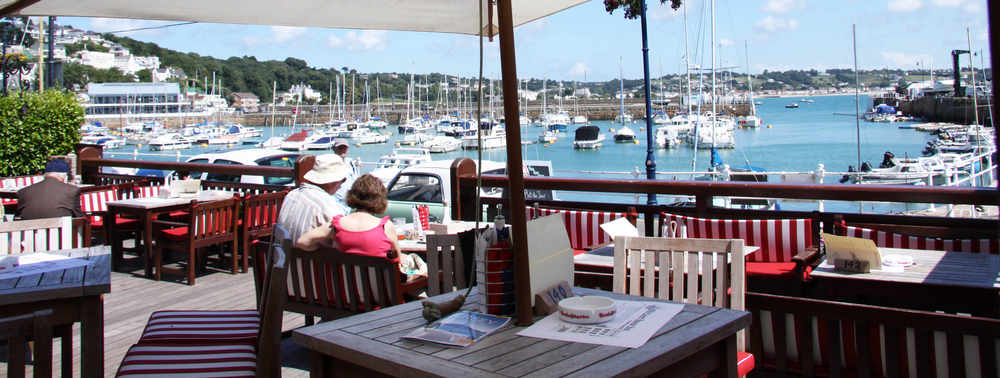
Previously more was paid by those on historic tax rates, but as more people arrive and become subject to a post-2005 system, the second group has come to contribute the lion’s share.
In 2009 £7.6 million was paid by older HVRs with just over £3 million given by those on a newer regime. The average contribution for those on an older regime in this year was £73,700, while those in the second group paid around £101,000 each.
By 2011 the split was £6.09 million in contributions from group one and £4.3 million paid by group two, with average respective individual tax bills of £61,600 and £103,300 for those on newer tax regimes.
Minimum tax contributions have fluctuated over the years according to policy set by the States.
In the early 1970s payments were between £3,000 to £4,000 for HVRs (£20,000 – £50,000 adjusted for inflation in that decade), while in the late 1990s they could be as high as £200,000.
Historically those who came to Jersey decades ago had to demonstrate at the time of application that they had sufficient income to generate the States agreed minimum tax contribution.
What percentage of Jerseys total tax take does this account for?
ALTHOUGH the exact information for 2013 is not yet available, the tax contribution by HVRs has amounted to around three per cent of the Island’s total tax take in recent years. This three per cent has been paid by a group that makes up less than 0.15 per cent of the population.
*2012: £9.63 million – 2.7 per cent – paid in tax by HVRs of a total £361.7 million tax take for the year.
*2011: £10.4 million – 2.9 per cent – paid by HVRs of the Island’s £360.9 million tax take.
*2010: £10.19 million – three per cent – paid by HVRs of the £345 million paid overall.
*2009: £10.69 million – 3.3 per cent – paid by HVRs of the Island’s £324.8 million in taxes.



